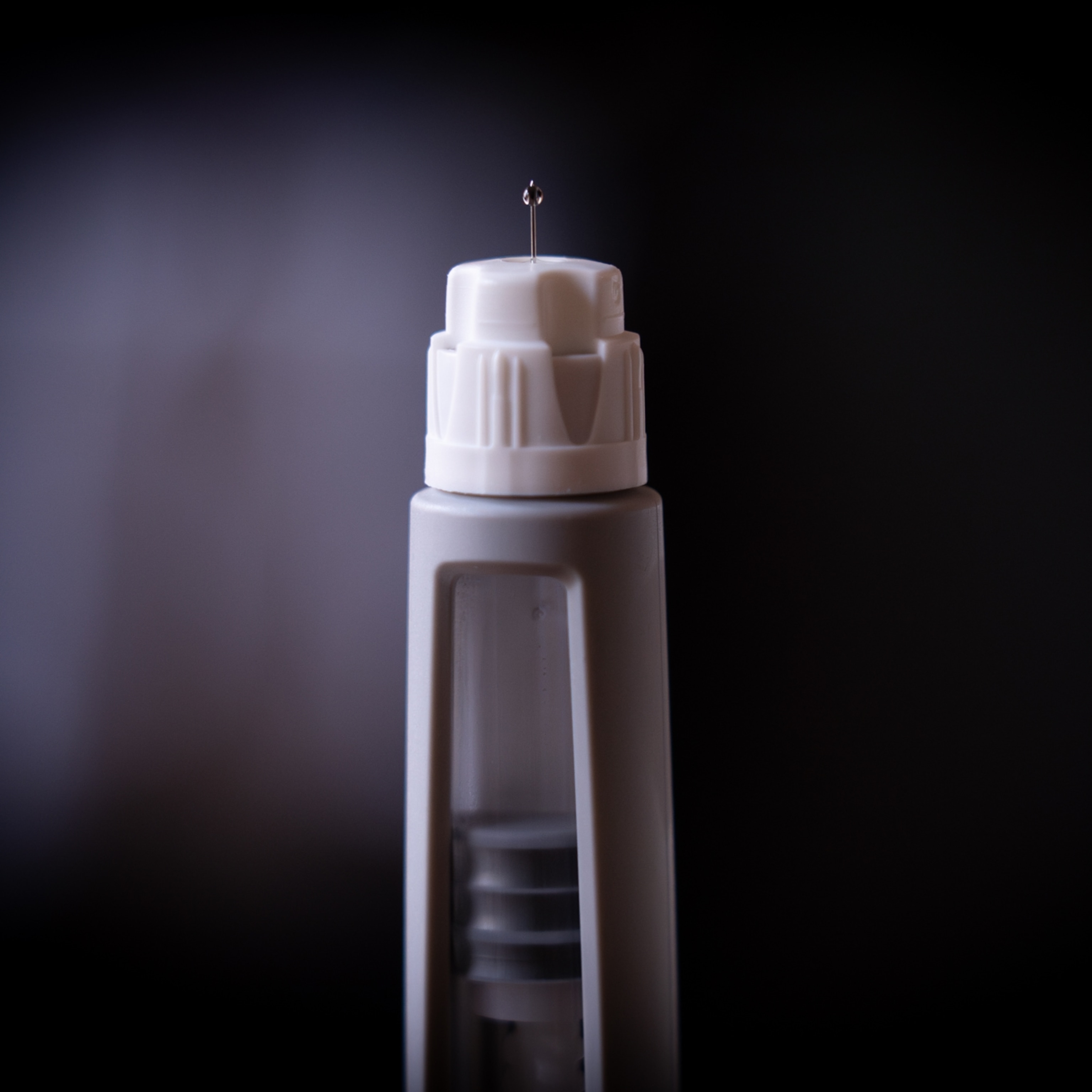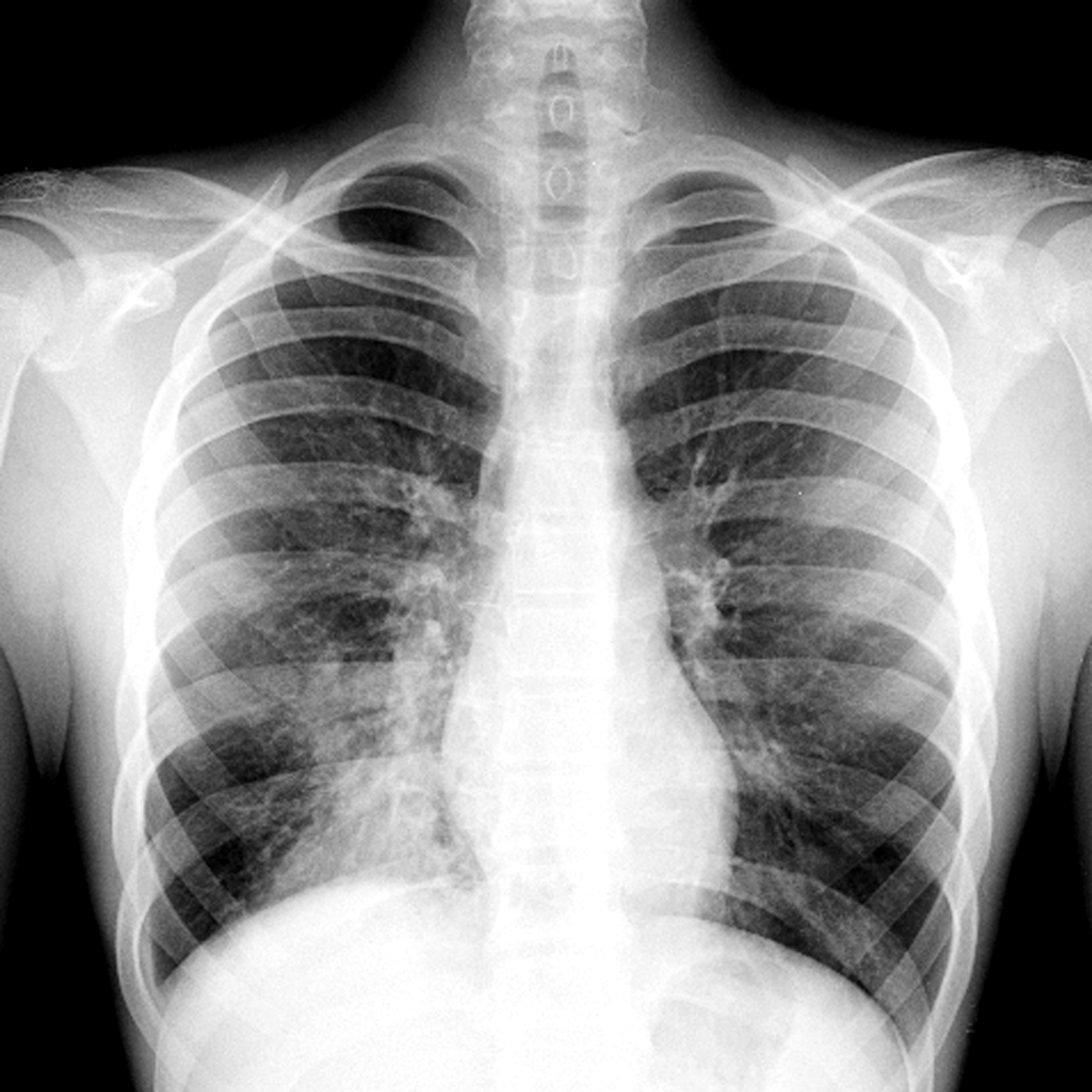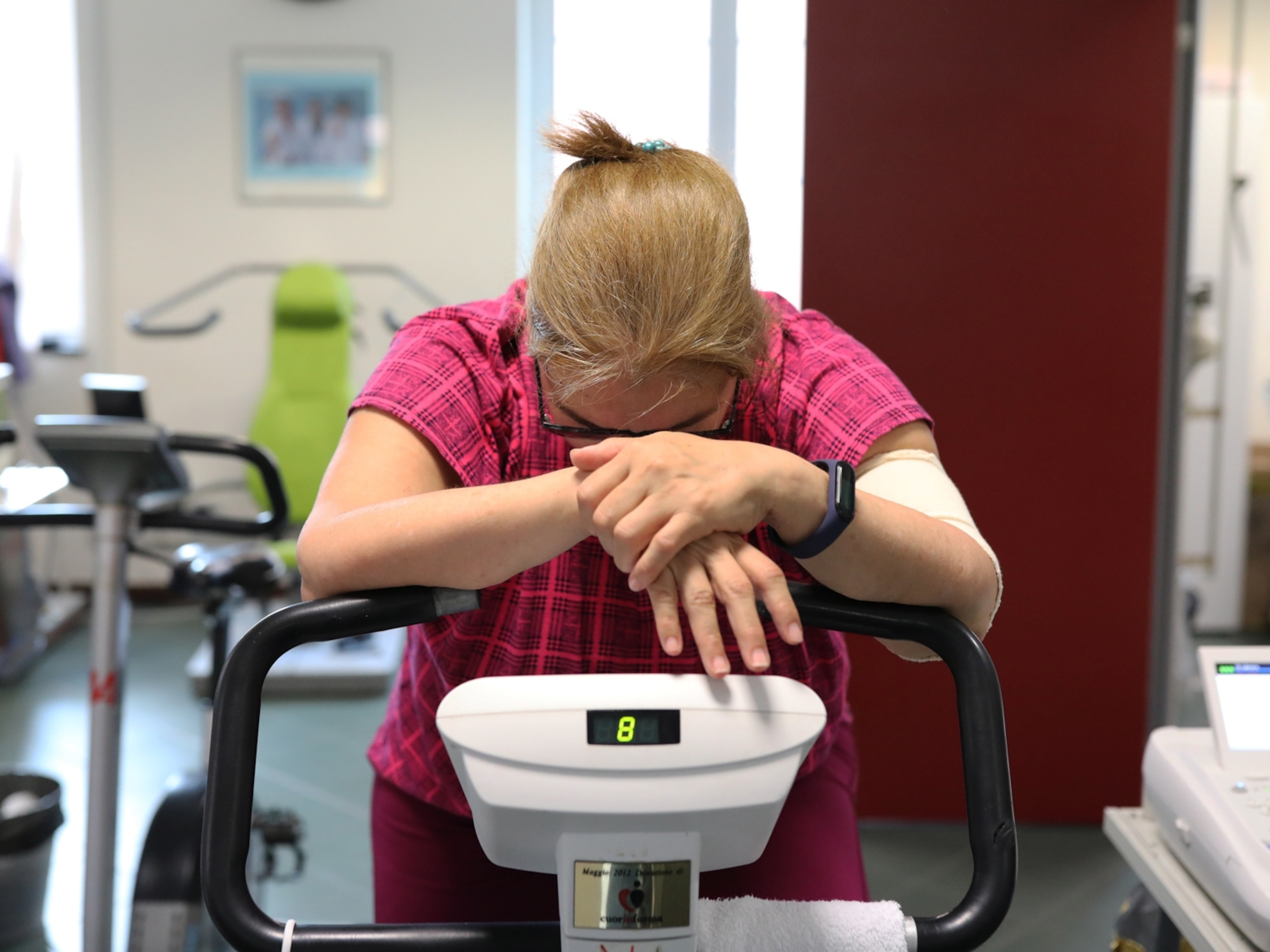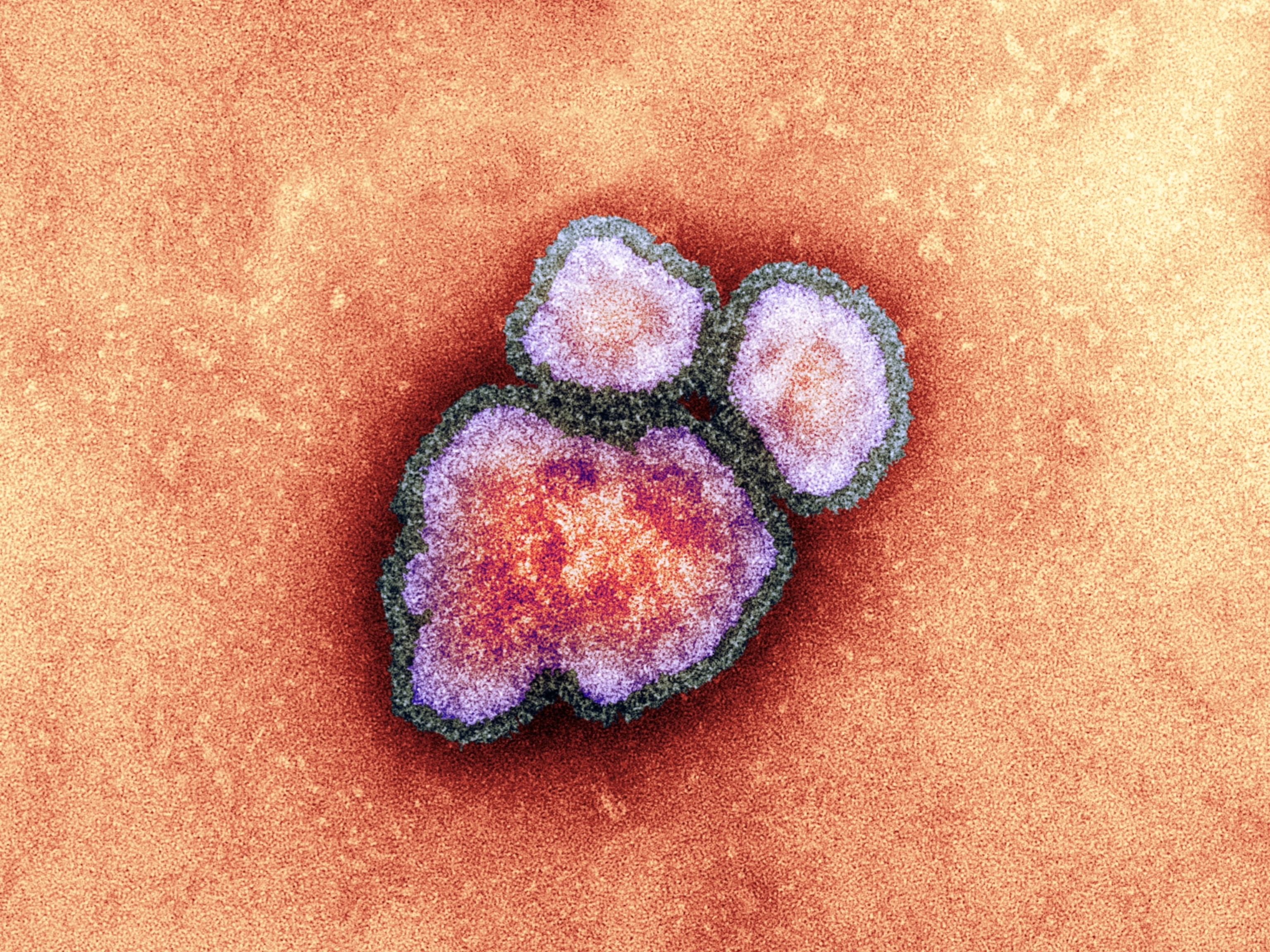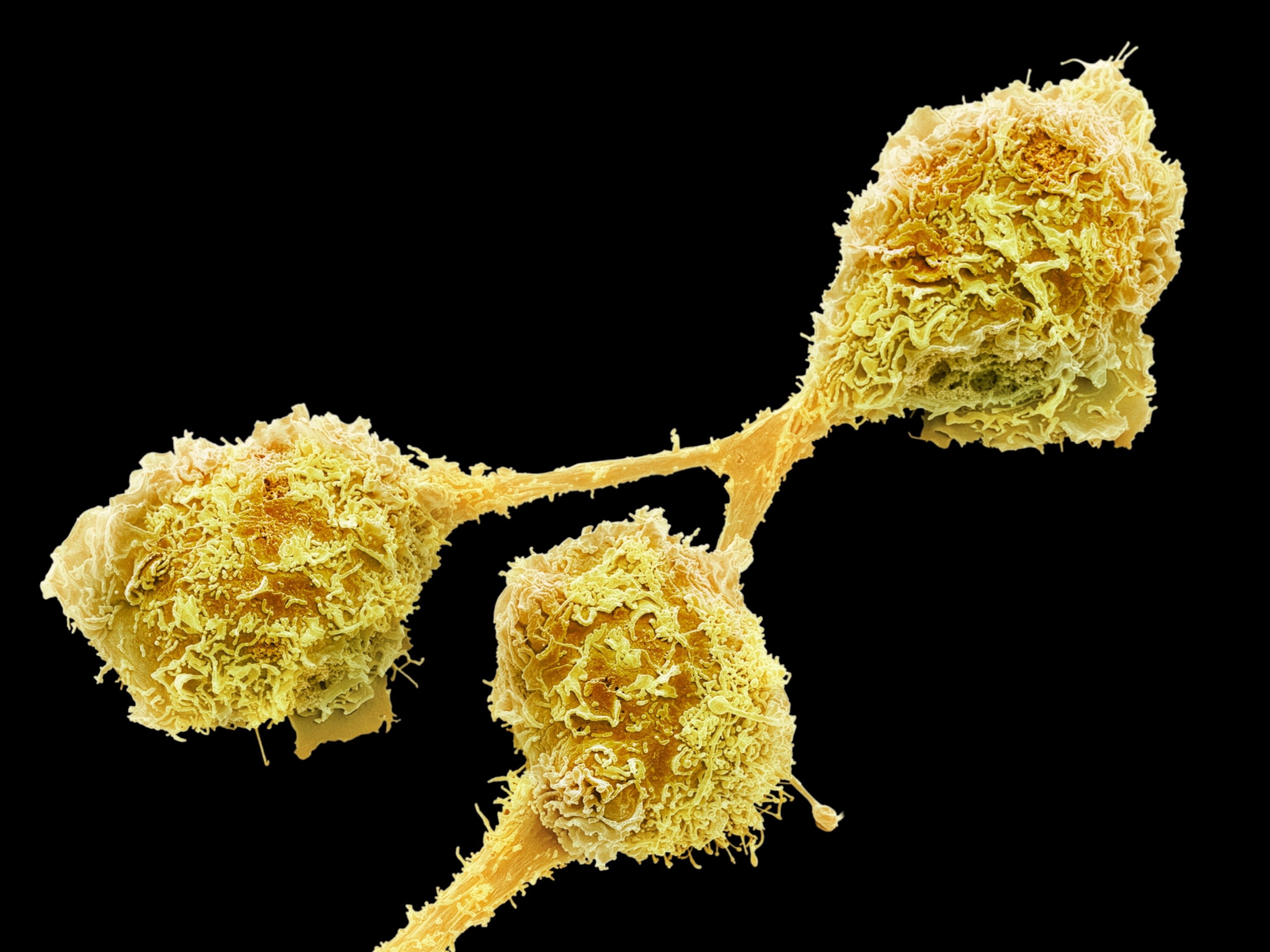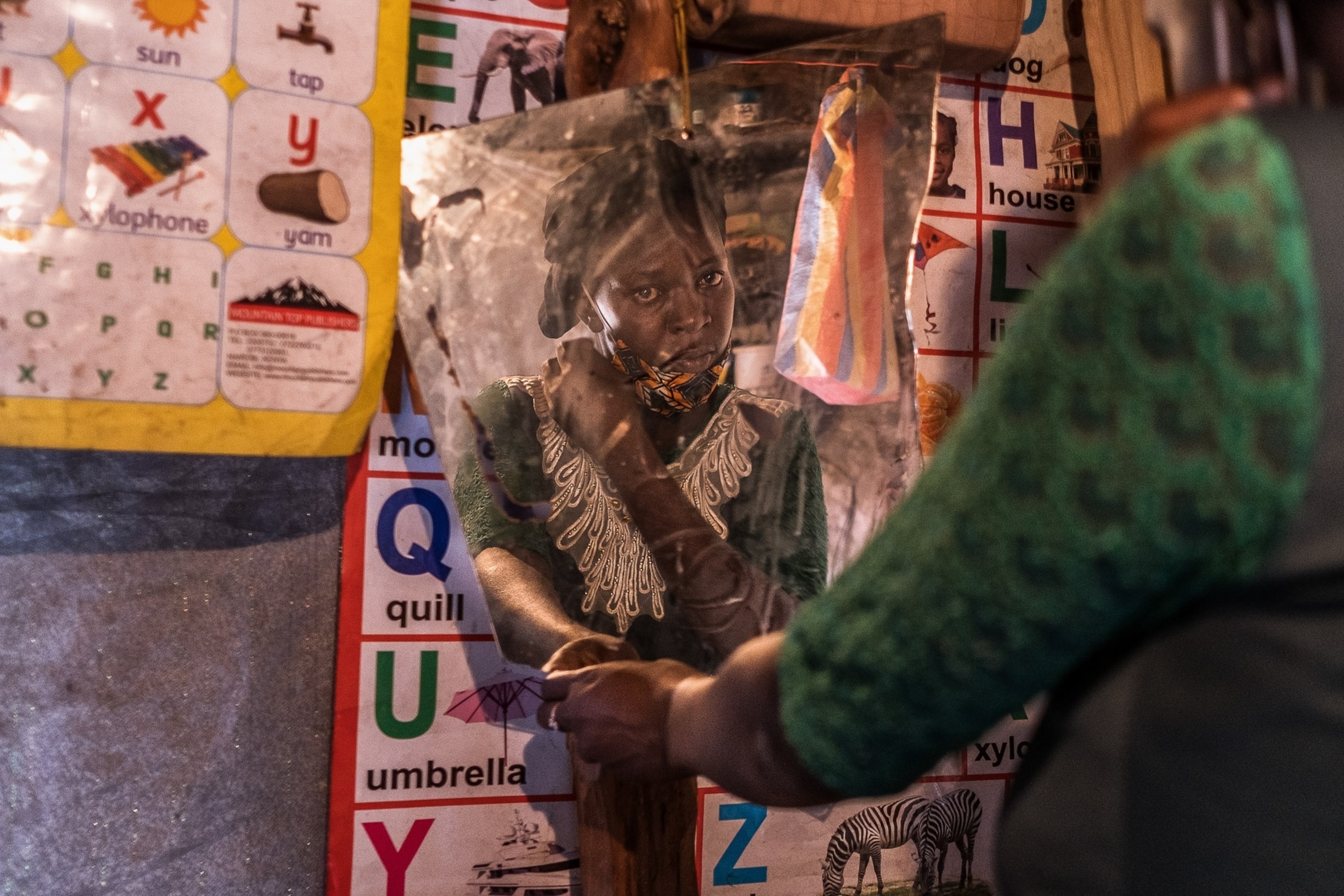
In this sprawling city within a city, fighting coronavirus requires solidarity
The pandemic is another obstacle the community must tackle together in Kibera, one of the largest informal urban settlements in Kenya.
KIBERA, KENYA — When Brian Otieno was 11 years old, living in Kenya’s Kibera urban settlement, he saw something on Easter Sunday that would inspire his life’s profession: a reenactment of Christ’s journey to the cross.
“There was this person who was dressed like Jesus, and the people behind him were pretending to whip him. I wished I could capture that scene forever,” says Otieno, now a 27-year-old photojournalist based in Nairobi, Kenya’s capital city.
Easter 2020 in Kibera was altogether different. The coronavirus shut down any pretense of celebration or observance. “It actually passed without people even realizing it was a holiday,” Otieno says. “There were no church celebrations, no holiday activities. People were moving around like it was any day.”

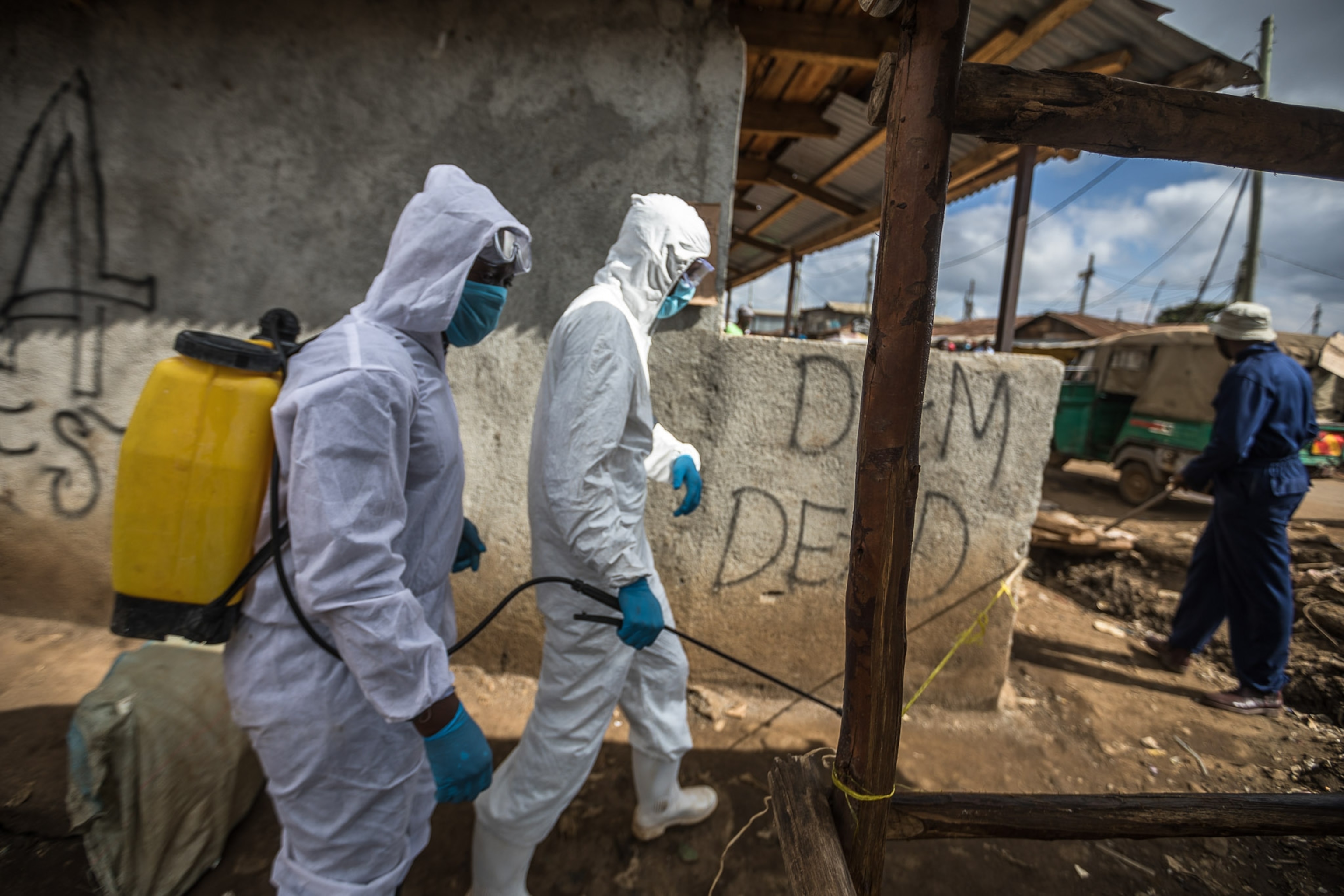
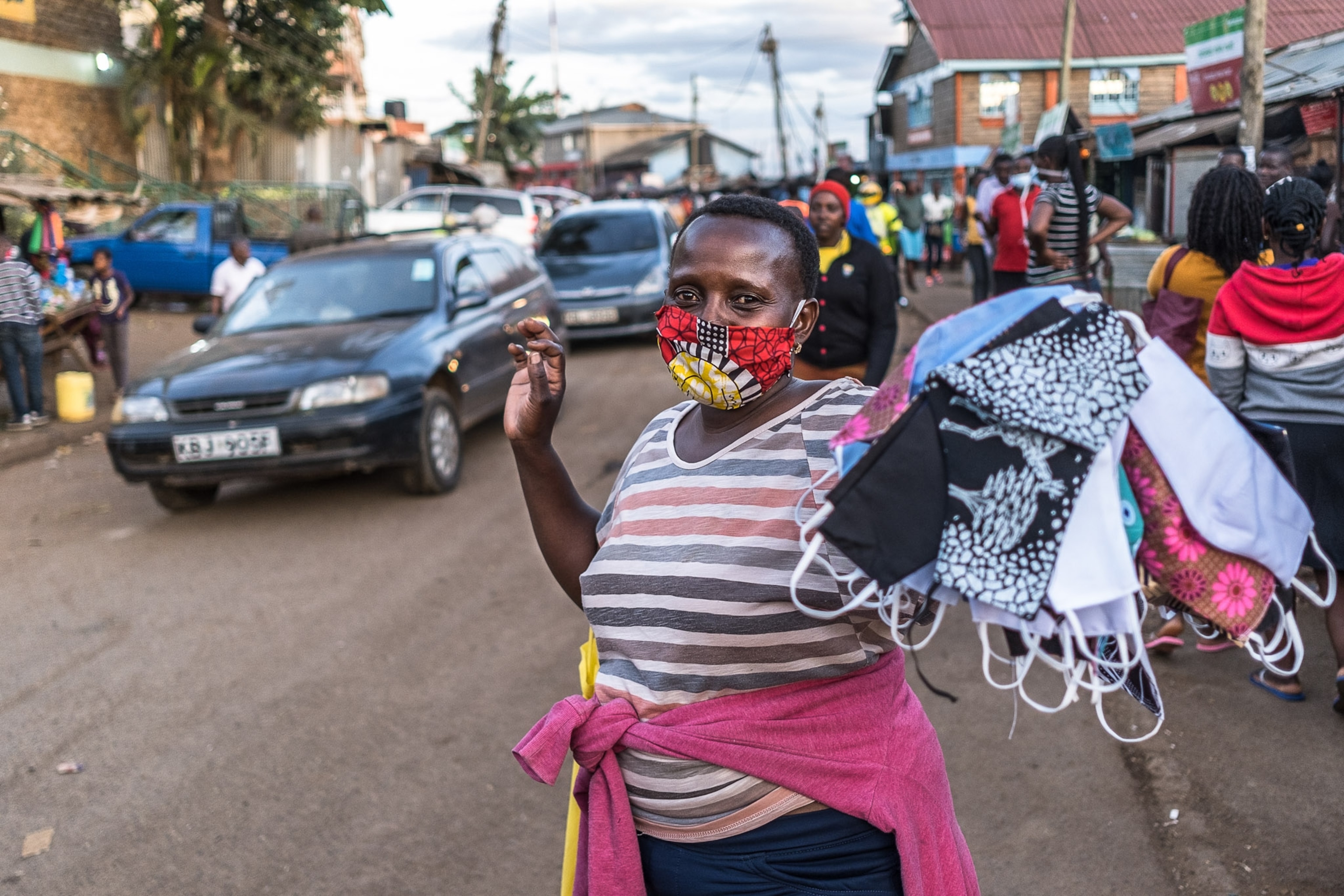
For many residents of one of Africa’s largest informal urban settlements, coronavirus is yet another obstacle in a life of hardship. Most people exert such effort to sustain themselves and their families each day that the threat of COVID-19 pales in comparison. “If you are struggling to get enough food to stay alive, you don’t have much time to worry about this thing called coronavirus.” says Otieno. “People have heard about it, but most of them can’t spare the time to fear it.”
Census numbers vary, but the United Nations Human Settlements Programme estimates that 500,000 to 700,000 people reside in the sprawling, densely populated community within Nairobi. Most dwellings have mud walls and tin roofs. Indoor plumbing and electricity are scarce. The average income is less than $2 a day.
Coronavirus case numbers are currently low on the African continent—Kenya reported 2,474 confirmed cases and 79 deaths as of June 5. The government imposed a strict 7 p.m. to 5 a.m. curfew in Nairobi to combat the virus’s spread and required all citizens to wear face masks in public. People are still able to enter and leave Kibera, though officials could call for a total lockdown if COVID-19 cases rise dramatically in the coming days.
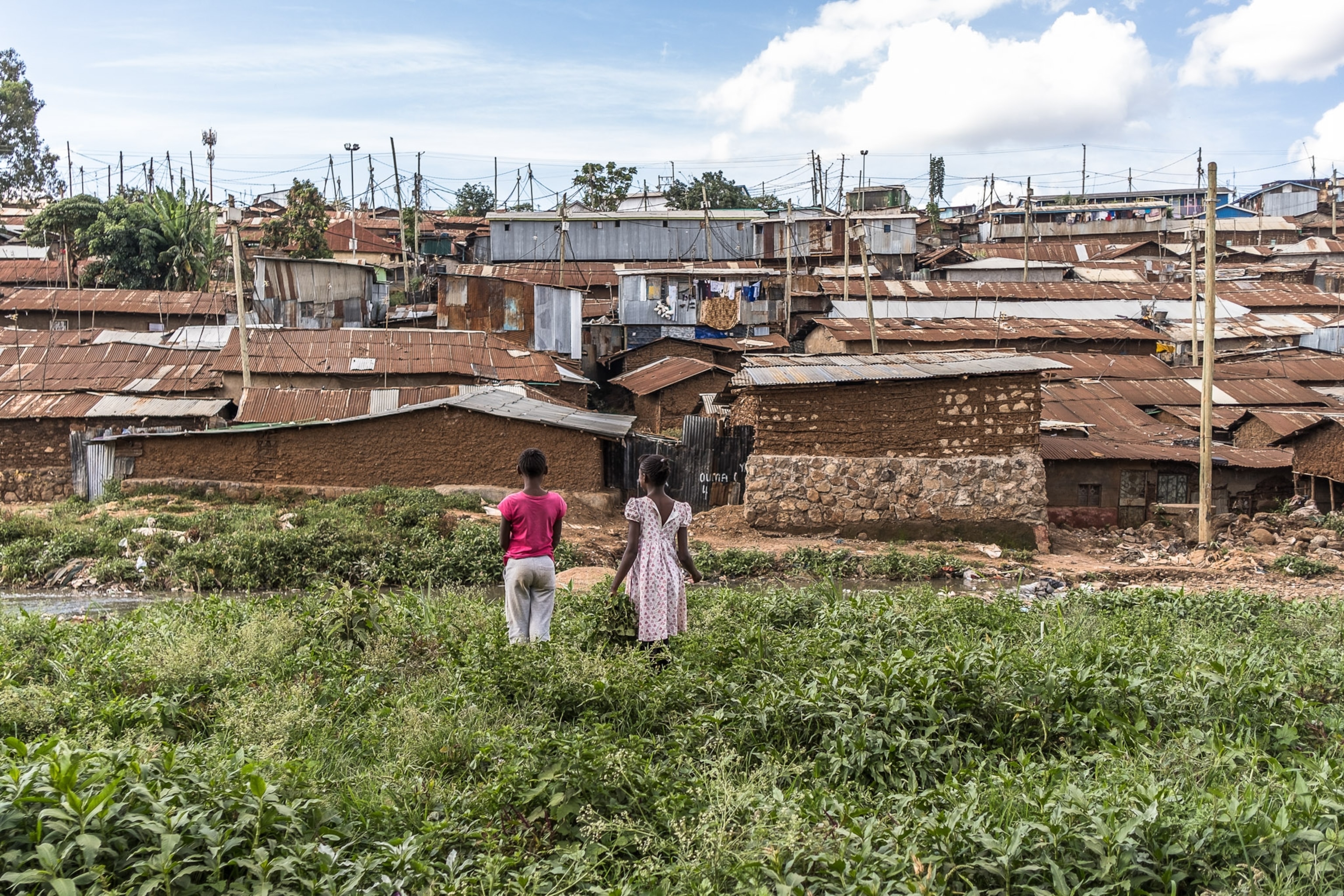

Public health officials are quickly realizing that prevention strategies must be adapted for realities on the ground. Many large African cities have huge day labor employment sectors; this informal structure means that people have fewer resources to navigate public health emergencies.
Self-isolation and quarantining are simply not realistic in a huge settlement with high poverty rates and poor infrastructure, says Edwine Barasa, director of the KEMRI-Wellcome Trust Research Programme in Nairobi, which recently analyzed the socioeconomic impact of COVID-19 prevention measures.
“People in these communities have too much to lose by staying in place,” Barasa says. “Asking them to do this in that kind of environment can put them at greater risk.”
“They live in one-roomed houses. They do not have access to piped water or toilets. They rely on informal supply chains to access basic necessities like food, and they’re likely daily wage-earners,” says Barasa. “Self-isolation presumes there is a spare room that someone can go to when they suspect they have COVID symptoms. It’s impossible to do that if you have many people living in one room.”

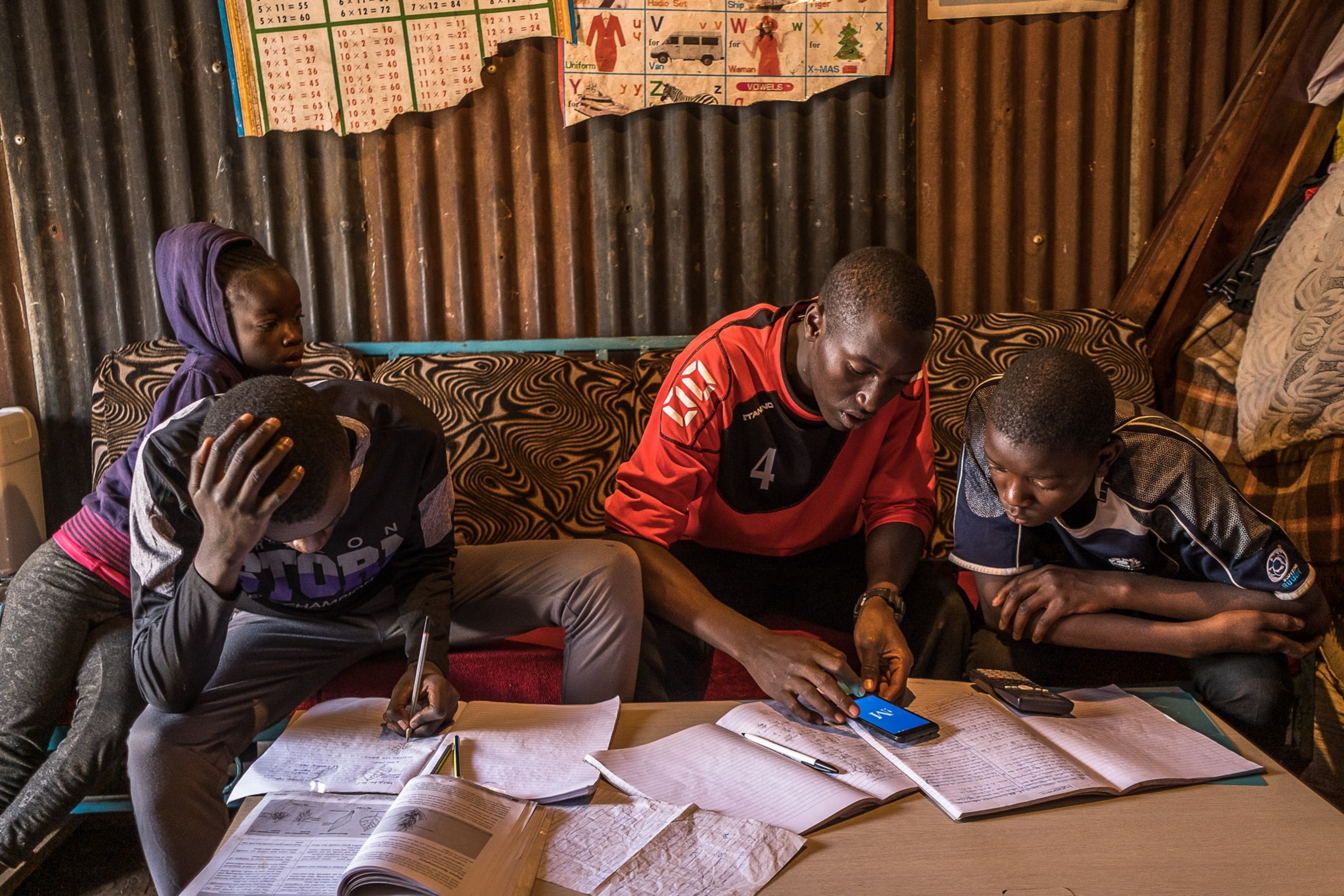
Closing down informal markets in Kibera, which has no grocery stores, would leave people without access to basic staples. Lockdown would mean job loss and an inability to feed the family or pay rent. A recent survey conducted by the Nairobi-based TIFA market research firm found that 90 percent of low-income respondents said COVID-19 had completely eliminated their family income.
Locals have taken measures to stop the spread of COVID-19 themselves. As information about prevention emerged in Kibera, says Otieno, tailors started producing affordable face masks long before public health officials offered them.
“Most of the initiatives were started by individuals and implemented by the people from the community, people who know the needs of the community and are also part of it,” Otieno says. “The people of Kibera didn’t wait for humanitarian aid or outsiders to come and intervene or help. In the beginning, they took it on all by themselves.”
Since then, various NGOs have set up handwashing stations and facilities where residents, most of whom have no running water, can shower and use toilets. Public transportation—a lifeline for Kibera residents who can’t afford cars—is sanitized daily. When a case of coronavirus is confirmed, public health workers sanitize the surrounding area. Local artists have painted vivid murals on walls and other surfaces throughout the community to remind people to wear masks and socially distance.
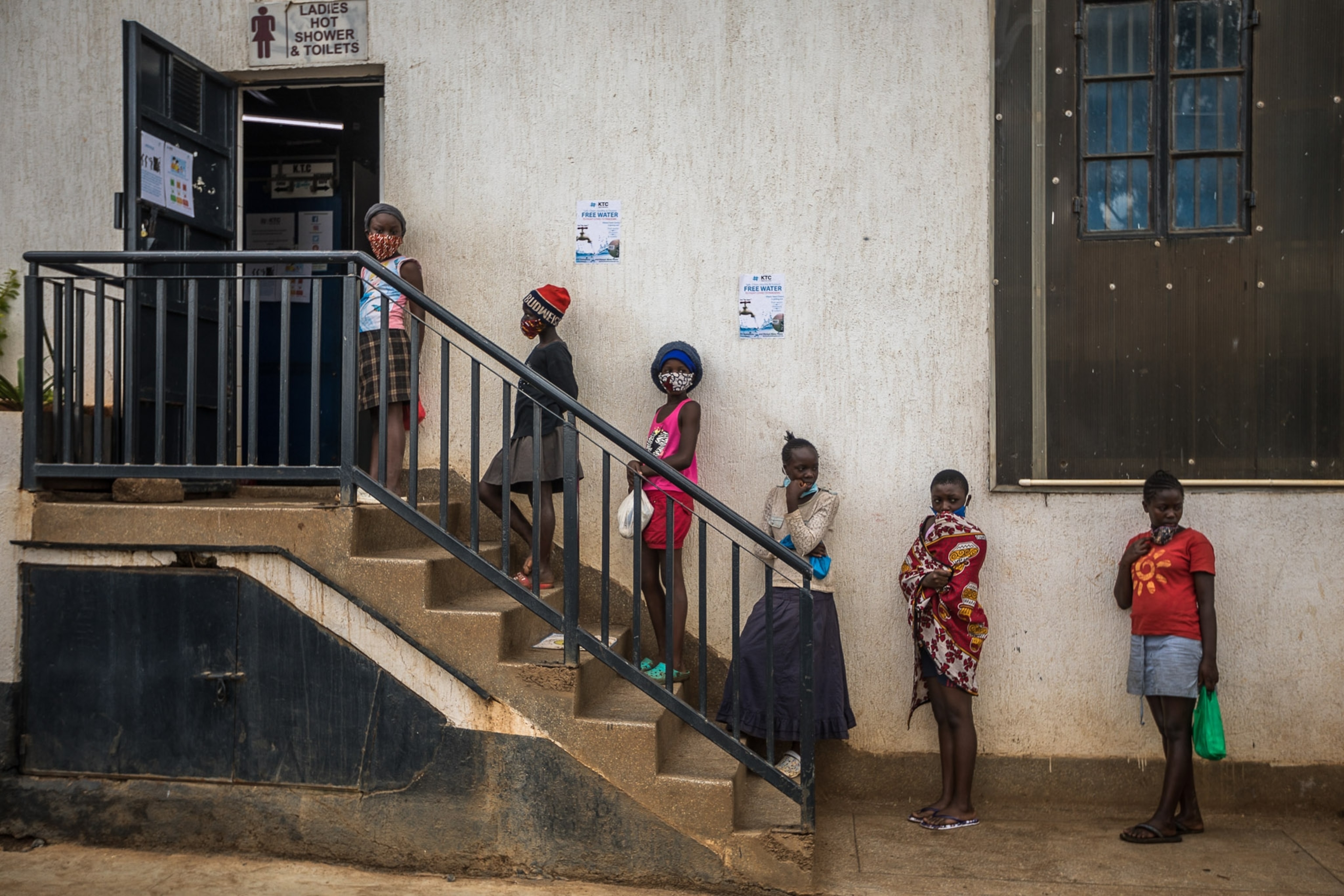
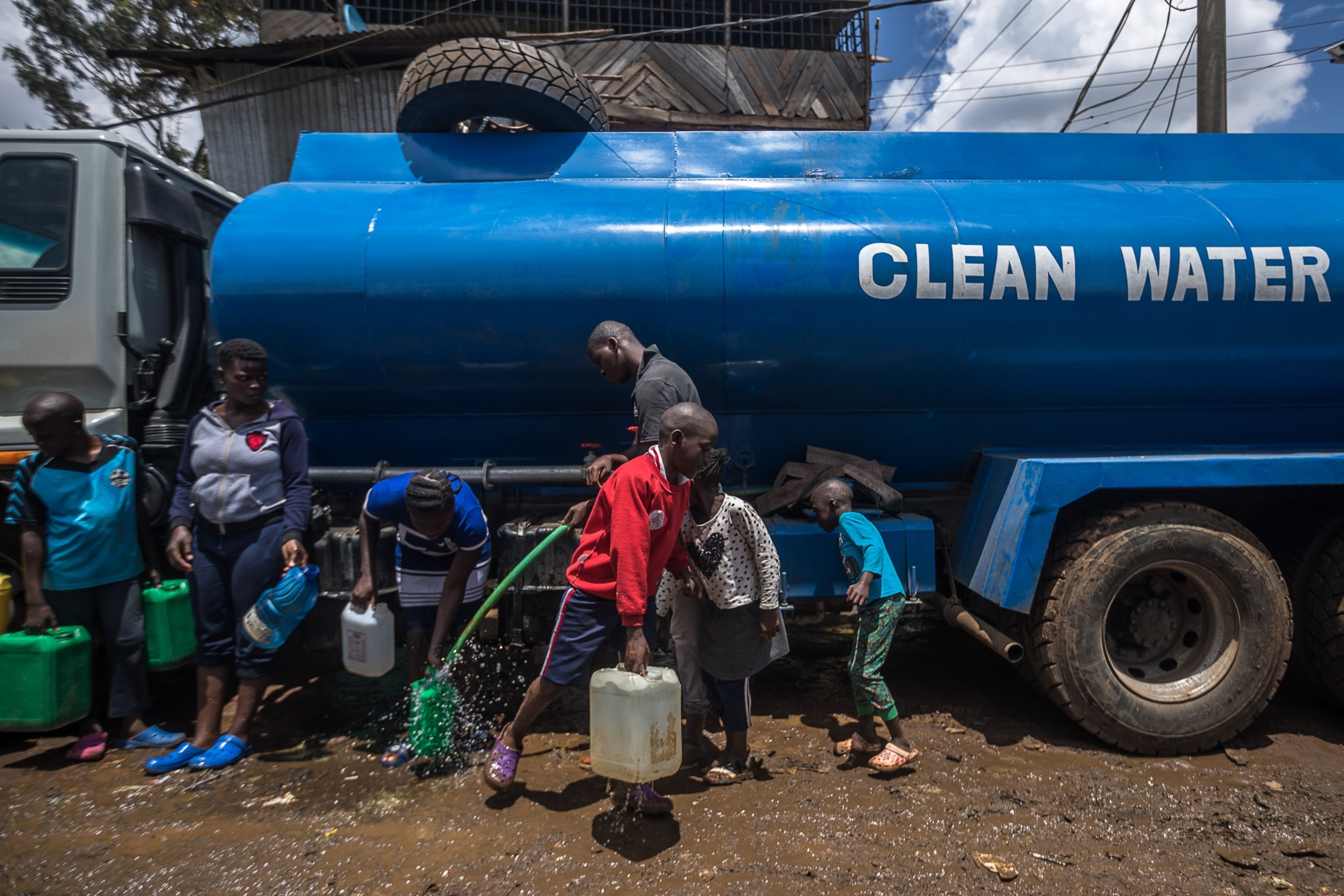
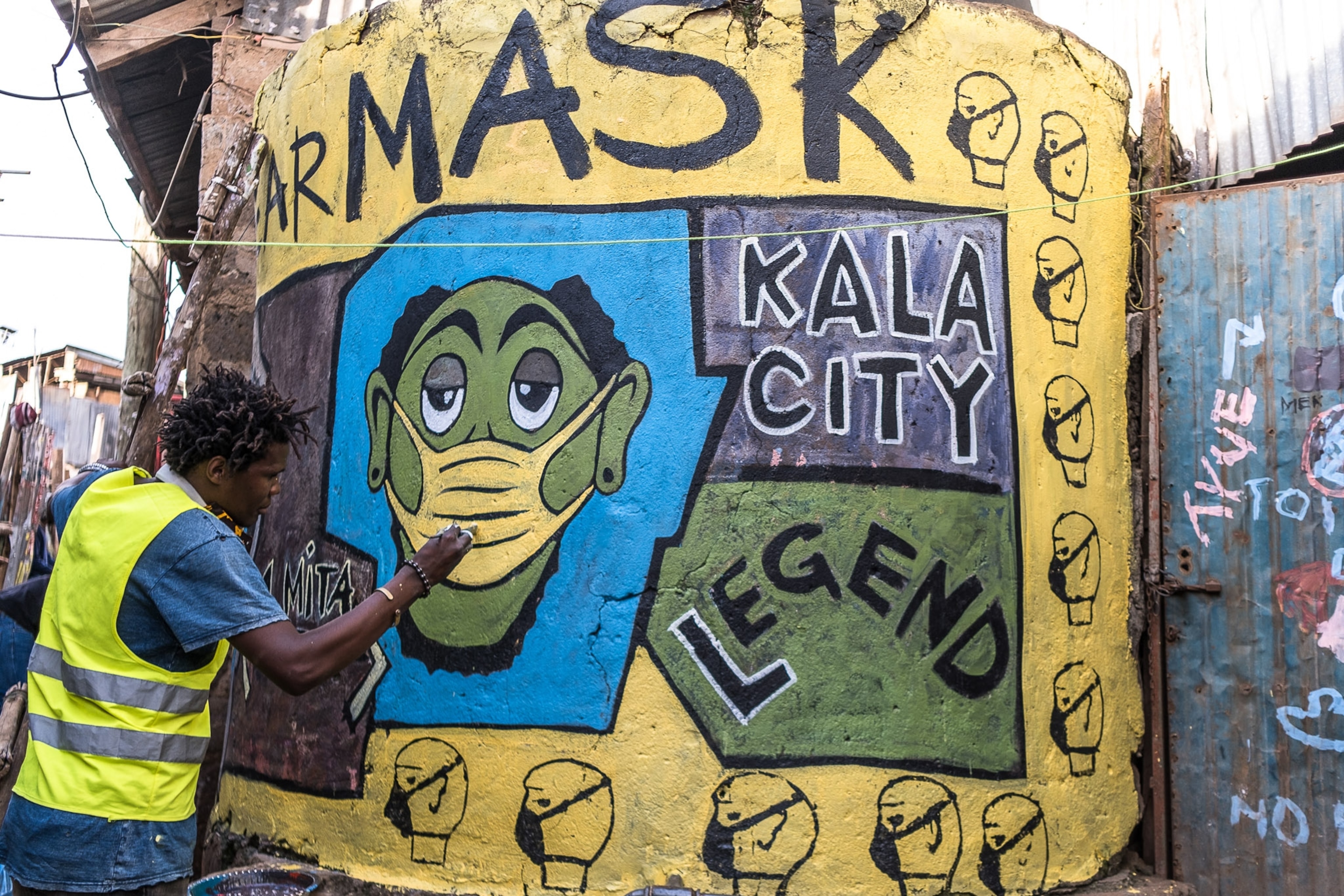

Memories of hunger
When Asha Jaffar was 15, Kenya erupted in violence. After former President Mwai Kibaki was declared the winner of the December 2007 presidential election, his opponent claimed electoral fraud. Mass protests turned violent and several tribes were targeted in ethnic attacks. The destruction and crime shuttered businesses in an already unstable economy. People were unable to leave their communities to find work due to the police and military presence. Up to 3,000 people were killed over a two-month period, according to official estimates.
The eldest of six children born to two day laborers in Kibera, Jaffar was used to struggling. But months after the violence ended, hunger still stalked her family. She watched her parents rise each morning and pass through the smoke-filled streets seeking work, her mother as a domestic worker in one of Nairobi’s affluent suburbs, her father as a self-trained electrician.

Now a 27-year-old freelance writer and social activist, Jaffar remembers what it was like to go hungry. Those memories have led her to start the Kibera Food Drive, to provide for families suffering under government quarantines and curfew orders.
“We thought of this plan where we could support people who wanted to self-isolate and obey the quarantine orders but feared that they would not be able to eat if they did,” Jaffar says. Volunteers now deliver food packages to 200 families each week, and Jaffar hopes to raise enough money to establish a permanent food bank in Kibera, where she still lives.
“I understand what sleeping hungry is like. I understand that for most people in Kibera, you walk to work, you earn maybe 200 shillings [$2] that day, you buy some food, and you eat so you can get up and do it again tomorrow,” she says. “It is my desire to make sure that no kid in Kibera has to go through what we went through.”
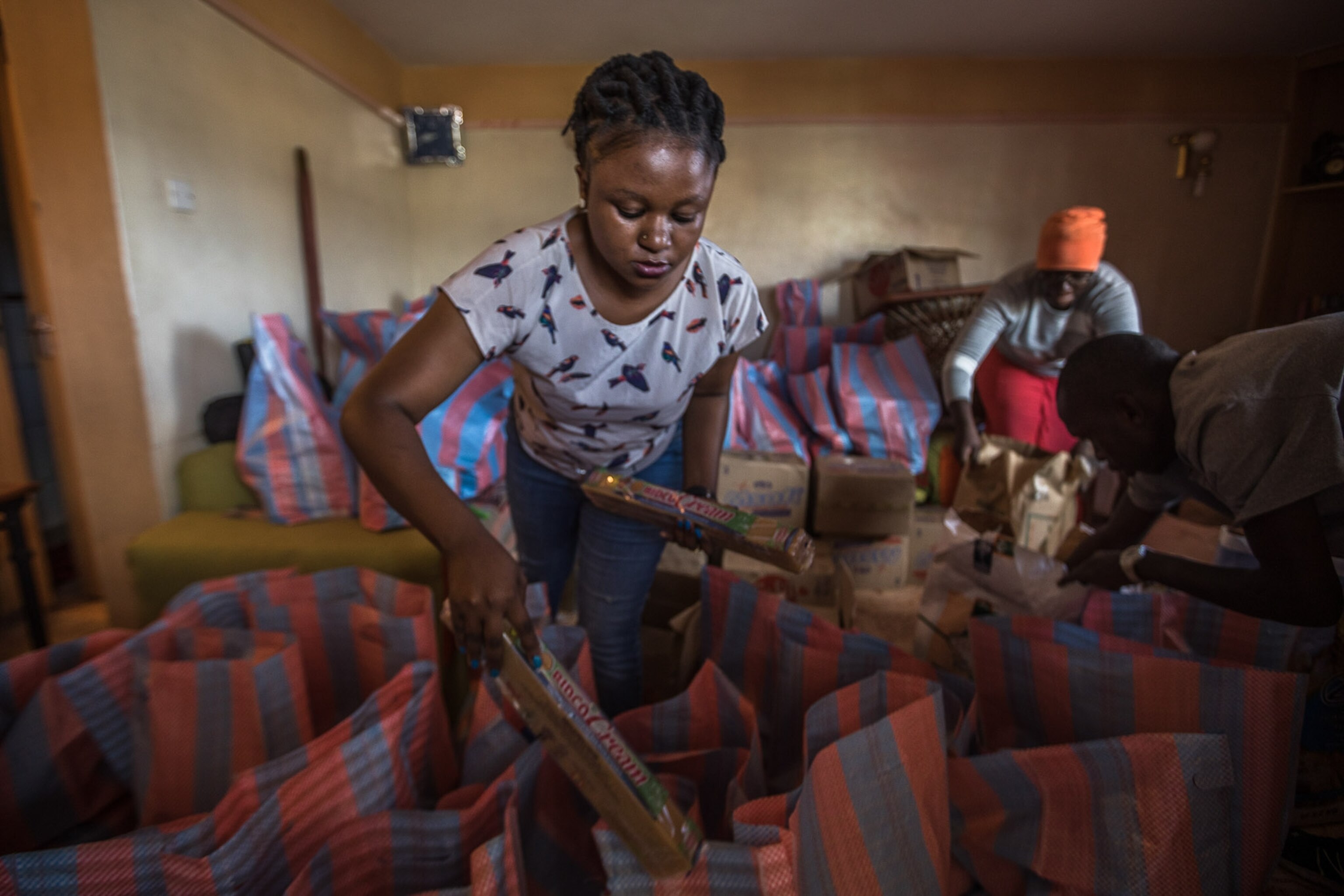

Otieno remembers how hard his father, an informal carpenter, and his mother, a hairdresser, worked to keep him and his two younger siblings supported and safe. He hopes young people today will be able to view their community with pride because of how it coped with COVID-19.
“There is so much strength there,” Otieno says. “I witnessed how people mobilized and used what was within their powers to help their own.”
Rachel Jones is a Washington, DC-based journalist who spent nine years as a media trainer in Kenya.

